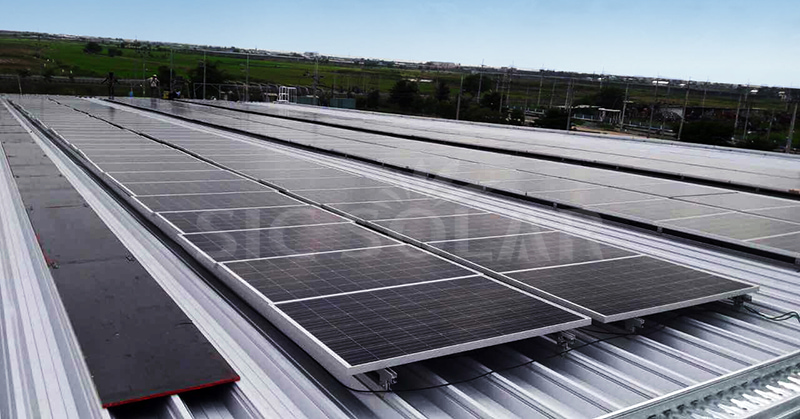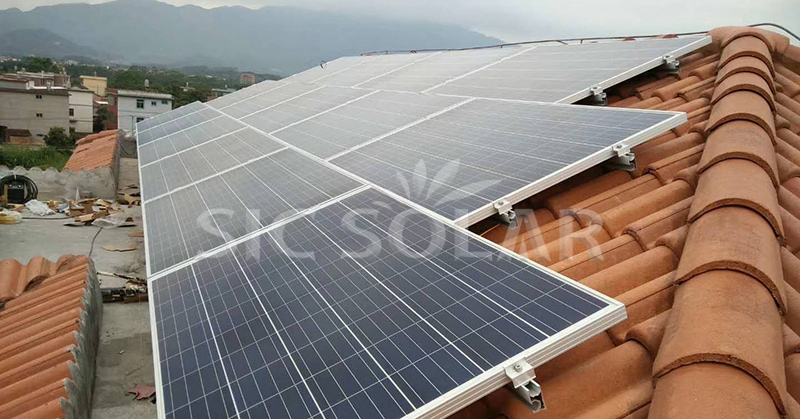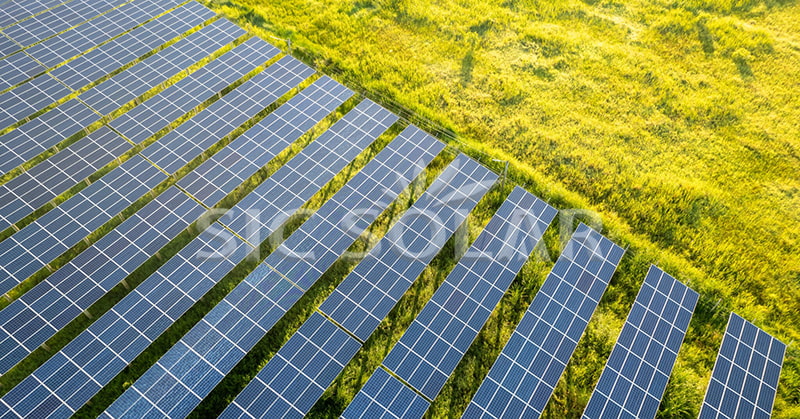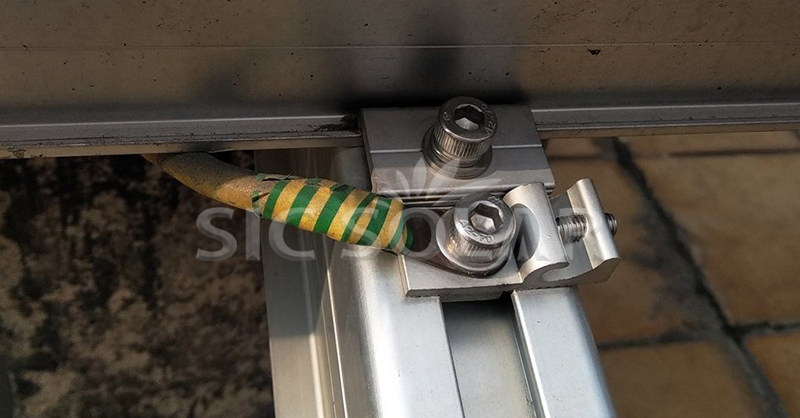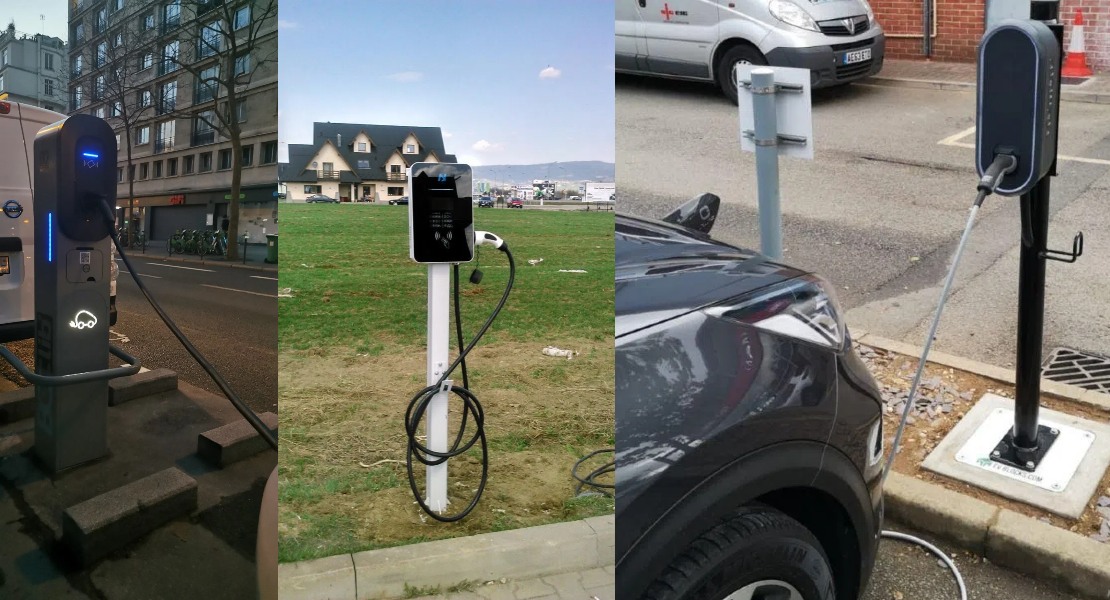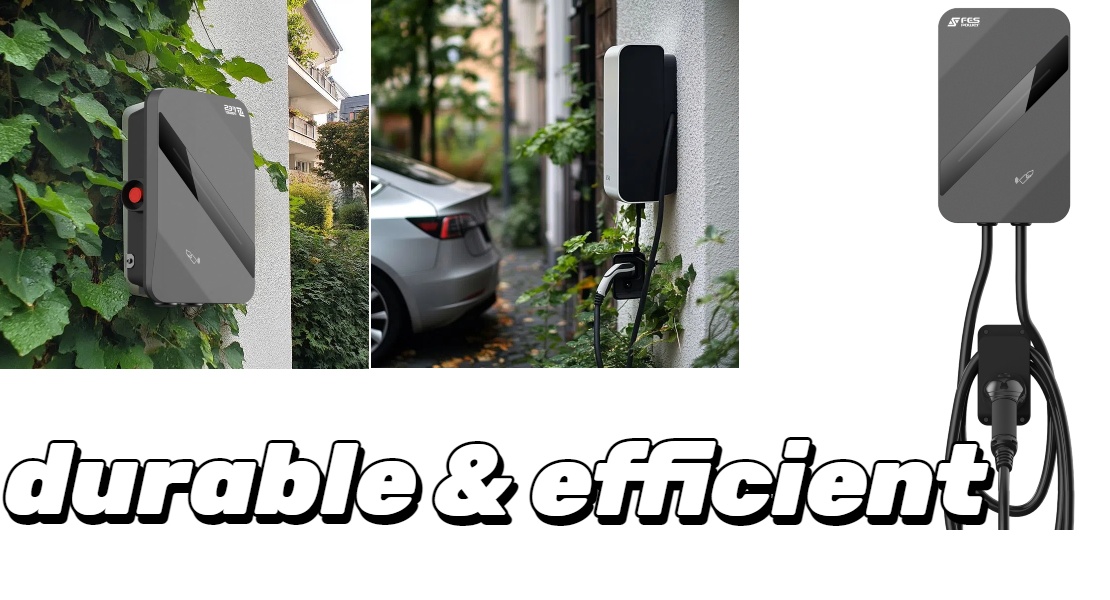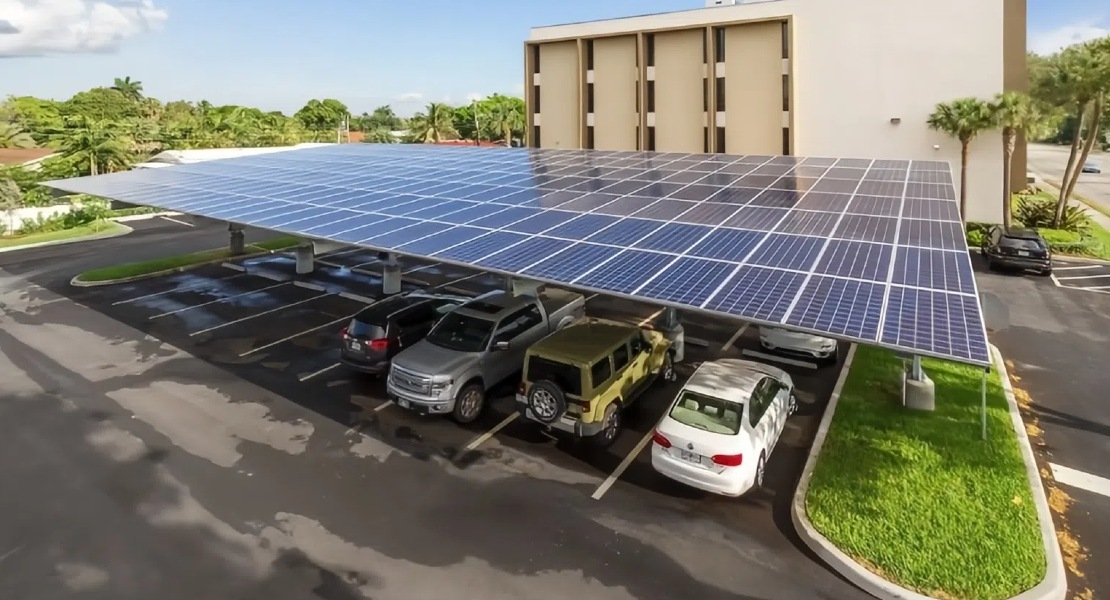Amid the rapid advancement of global technology, the low-altitude economy has emerged as a new economic form entering a phase of accelerated development. Drones, as one of its core enablers, are becoming a vital force driving industrial progress due to their flexible and diverse applications.
Traditional drones primarily rely on lithium batteries for power, facing limitations in endurance and payload capacity. The emergence of hydrogen energy has brought a breakthrough opportunity for drone performance. Currently, the global drone industry is transitioning from conventional lithium batteries to hydrogen-powered systems, reflecting a trend toward diversified energy sources.
Hydrogen fuel cell drones offer advantages such as zero emissions, extended flight times, and excellent low-temperature adaptability. They are widely applicable in power line inspections, emergency disaster relief, agricultural crop protection, emergency firefighting, high-altitude logistics, and emergency communications. In recent years, major global economies have accelerated the development of hydrogen energy, achieving breakthroughs in hydrogen production, storage, transportation, and infrastructure. These advancements have laid a solid foundation for hydrogen fuel cell drones. Currently, this technology is transitioning from conceptual exploration to market practice, moving from demonstration phases toward commercialization.
Technologically, the development of hydrogen fuel cell drones focuses on hydrogen fuel cell technology, energy management systems, flight control systems, airframe design and materials, and hydrogen storage and supply. Engineers are working to optimize the integration of fuel cells, hydrogen storage systems, motors, and control systems to ensure efficient coordination under various operating conditions. This enhances overall system efficiency and reliability while ensuring stable performance. Recent progress has led to continuous improvements in endurance, payload capacity, and extreme-environment adaptability.
In terms of applications, hydrogen fuel cell drones are being tested globally in civil-industrial fields such as geographic mapping, agricultural monitoring, infrastructure inspection, security surveillance, disaster response, and delivery logistics. Their use is also expanding into consumer and military applications.
The global low-altitude economy is developing rapidly, and hydrogen fuel cell drones are reshaping its ecosystem at an unprecedented pace. With the refinement of policies and standards, technological maturity, and cost reductions, hydrogen fuel cell drones are expected to become a key driver of low-altitude economic development in the future.


